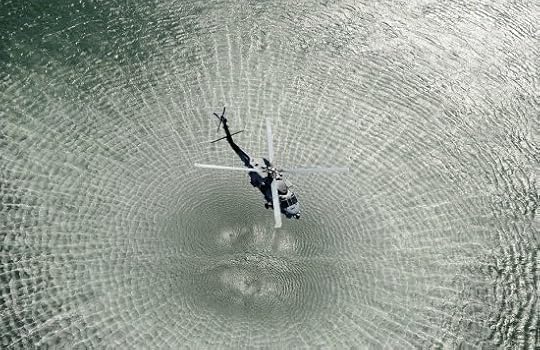Safety Tips for a Graceful Touchdown
Every pilot needs to know these safety landing information

Landing is one of the most crucial phases in flying, and safety is often highlighted when performing this flight phase. Hard landing was said to be credited for the highest number of accidents among large Western-built commercial jet airplanes. Boeing Aircraft Aviation Safety Department also said that landing accidents resulted in approximately 20 percent of civilian fatalities. This only means that aviation pilots should take aircraft landing very seriously to ensure the safety of the people.
Here are safety landing tips that pilots can keep in handy for a graceful touchdown:
Speed control
A good landing starts even before the aircraft touches the ground. Upon landing, pilots should use the suggested speed by the flight instructor or aircraft manufacturer. A fast speed may cause the aircraft to hover or float above the ground. In some situation, pilots choose to lower the nose of the aircraft which may result for the aircraft to porpoise. On the other hand, slow speed in landing may result in the aircraft to land short or may stall above ground.
Do not be too relaxed
Even seasoned pilots may experience a moment that they are too comfortable after a long flight when approaching the landing phase, but this should not be the case. Even if approaching the last phase, every pilot should not let their guard down. Emergency situations may still occur during landing that can cause the pilot to lose control of the aircraft. Whatever you do, always be on guard when you are in the cockpit to ensure everyone’s safety.
Choose a good landing point or touchdown zone
This tip is mostly applicable for helicopter landing since helicopters are quite demanding on their landing area. While en route, pilot should have requested a safe helicopter landing zone A helicopter landing safety officer (HLO) will be in constant communication with the aircraft commander or pilot. During the operation of the helicopter, the HLO is responsible of the safe use of the helideck.
Master your flare
Flare is the maneuver during landing wherein the nose of the plane is raised to slow the descent rate and stabilize the attitude for touchdown. For helicopters, the flare is used to reduce both vertical and horizontal speed for touchdown.
Timing your flare is very difficult. Once you get your speed in control, one way of timing your flare is through closely observing the runway. Upon the moment that the runway expands or zooms in on the screen, it is the perfect time to flare.
Though these safety tips are commonly advised to pilots, they are no good when merely memorized. A pilot should always practice achieving a graceful touchdown; the best teacher is always experience. Once you’ve practiced enough, everything will most likely to go smoothly. Always remember that the key to becoming a great pilot is patience.
Learn more about flying through an experienced veteran pilot. Fly over the pages of Ol’ Shakey: Memories of a Flight Engineer. Book copies are available in selected online bookstores.
Share your flight stories, aviation knowledge, or any thoughts in the comments section below. You can also connect with me through Facebook, Twitter, and Goodreads. Have a nice day!
The post Safety Tips for a Graceful Touchdown appeared first on Gene Fish.



